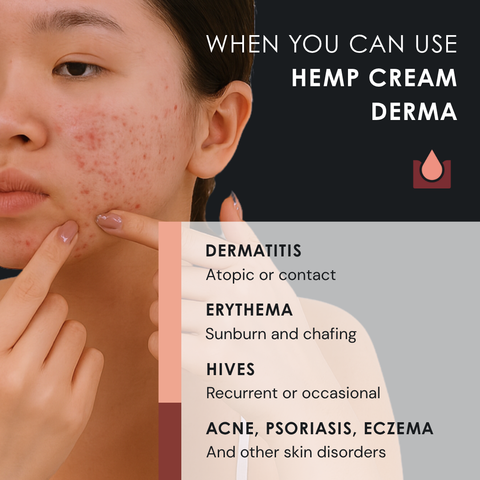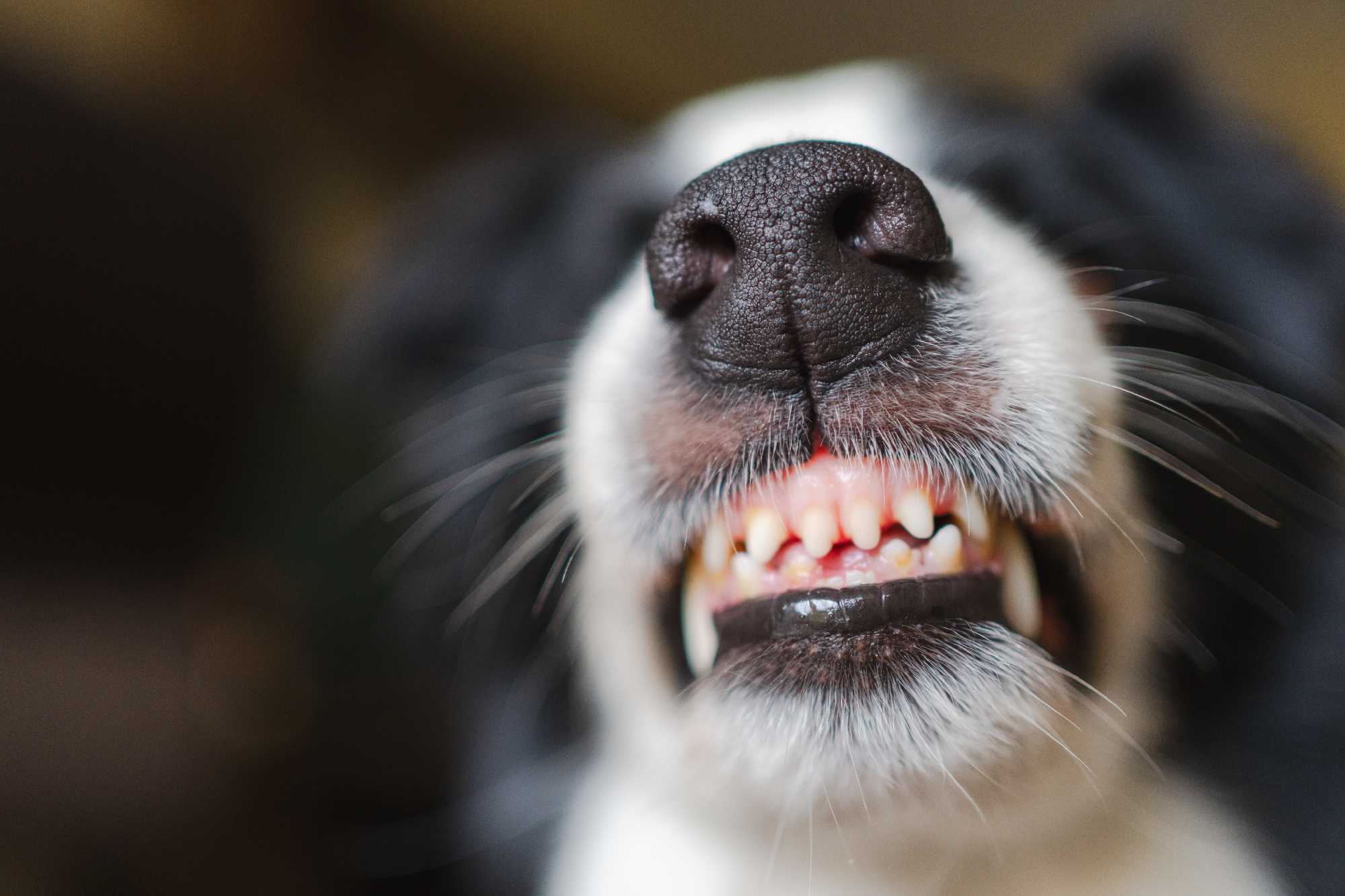When dealing with an aggressive dog, the first thing to remember is that it’s not about “meanness” or bad intent, but rather a behavior with specific — and often multifactorial — causes. With a gradual and respectful approach that combines training, environmental management, and natural support, many dogs can return to living more calmly.
Understanding Aggression in Dogs
Aggression is a set of behaviors (growling, barking, lunging, biting) that a dog uses to increase distance from a stimulus perceived as threatening or to defend a resource. It can be linked to fear, anxiety, pain, territoriality, or insufficient socialization during sensitive stages of development. Recognizing the cause helps establish effective and safe strategies.
A recent study confirms that health and welfare problems, in addition to environmental deficiencies, are risk factors for canine aggression. Among the main causes that can make a dog aggressive are:
● fear and anxiety,
● negative or absent experiences with people and other dogs,
● joint or visceral pain,
● conflicts over resources such as food, toys, or space,
● unpredictable daily management.
In addition, demographic factors such as age, sex, or breed can also contribute to a dog’s aggressiveness.
In an aggressive dog, what symptoms or warning signs should you look for? It should be noted that before a bite occurs, subtle signals often appear: body stiffening, fixed stare, ears pulled back, tense tail, nose licking, repeated yawning, growling, and excessive barking. Identifying these allows early intervention and reduces escalation of symptoms.
Conversely, unmanaged aggression increases the dog’s stress and, as a result, the risk of incidents, reduces the quality of life for both dog and family, and makes outings and vet visits more difficult. The correct approach always involves clinical evaluation, environmental management, and a behavioral modification plan.
Natural Remedies for Managing Aggression
Combining educational, environmental, and—when appropriate—supportive measures can help reduce tension and reactivity. The following suggestions do not replace professional assessment; they must be adapted to each individual dog and monitored over time.
1. Positive Training
Consistent use of reinforcement (food rewards, play, attention) to increase desired behaviors reduces conflict and promotes learning. Avoid shouting or physical punishment, which increases fear and the risk of aggression. Gradual and controlled exposure to triggering situations (other dogs, handling, vet visits), combined with reinforcement of calm behavior, is at the heart of field work. Clinical guidelines emphasize that an effective plan combines management, education, and emotional support.
2. Environmental Enrichment
Enriching the environment reduces boredom and frustration. Use interactive toys and food puzzles, establish consistent routines, and create relaxation zones away from traffic and noise. Evidence across various enrichment methods shows a reduction in stress-related behaviors in dogs.
3. Stress Management and Trigger Prevention
Prevention is essential: if a dog is aggressive, uncontrolled encounters with other dogs should be avoided, distance from triggering stimuli should be increased, and calming signals learned with a trainer should be used. Monitoring signs such as stiffening and vocalizations allows intervention before escalation. Desensitization and counterconditioning, when carried out safely, improve long-term outcomes.
4. Exercise Control and Physical Activity
Regular movement helps every dog release tension and promotes well-being. However, it must be tailored to age, health, and reactivity threshold. Structured walks and low-conflict games are recommended; competitive or overly stimulating situations should be avoided, as they may favor the onset of aggressive episodes.
5. Supplements and Calming Herbs
Anyone dealing with the situations described above often wonders whether there is a sedative for aggressive dogs. Some supplements can help support emotional regulation.
● L-tryptophan: considered a precursor of serotonin. In some studies, diets with higher tryptophan content or reduced protein have shown a decrease in aggressive behaviors in certain subgroups, while other studies report mixed results regarding anxiety and fear.
● Chamomile, valerian, passionflower, oats: data in veterinary medicine is limited. Valerian has been investigated with mixed results regarding stress in clinical settings.
These supports are not sedatives for aggressive dogs and do not replace a structured behavioral intervention. Therefore, they should always be discussed with a veterinarian, especially in the presence of ongoing treatments.
6. Cannabidiol (CBD)
CBD has been studied in dogs with mixed results: some research reports a reduction in stress indicators or negative behaviors in specific contexts, while others do not show significant anxiolytic effects in response to fearful stimuli.
In this context, Eusphera offers a cosmetic/topical support for dogs’ relaxation moments, useful for creating predictable and reassuring routines without overloading the animal. Part of this routine includes EU4DOG: an oil for topical use only, designed to accompany gentle contact and massage in a calm environment, as a complement to positive training, trigger management, and veterinary evaluation. In any case, it is not a medicine and does not replace a clinical or behavioral program.
How CBD Acts on the Dog’s Nervous System
The endocannabinoid system plays a role in modulating stress, pain, and homeostasis. Interaction with serotonergic and GABAergic receptors and pathways is hypothesized to be part of its mechanism of action. In canine behavioral contexts:
● Documented benefits: some studies report reductions in stress markers (such as cortisol) or in negative behaviors during specific tests; others do not confirm a strong anxiolytic effect in cases of noise-induced fear. Overall, the literature indicates heterogeneous results.
● Modes of administration: possible formulations include oils, treats, or other preparations; efficacy and safety depend on quality, dosage, and usage. Guidance should always come from a veterinarian, considering possible drug interactions and comorbidities.
● Safety and regulations: it is essential to comply with Italian and European regulations and the declared purposes of use indicated by the manufacturer (for example, cosmetic/topical or other applications). Before considering any use of CBD, always consult your veterinarian.
The Importance of Consulting Experts in Cases of Canine Aggression
Before deciding what to do with an aggressive dog, the priority is to rule out medical causes (musculoskeletal pain, oral, dermatological, or visceral diseases) and assess risk and the family context. Clinical literature recommends integrated plans that include differential diagnosis, environmental management, behavior modification, and, if necessary, prescription medication.
In cases of canine aggression, collaboration with professionals is essential. The attending veterinarian and veterinary behaviorist assess the dog’s health and emotional components; the dog trainer then applies the re-education protocol in practice. For dogs that are aggressive toward other dogs, the intervention includes work on distance, calming signals, self-control, and gradual exposure.














